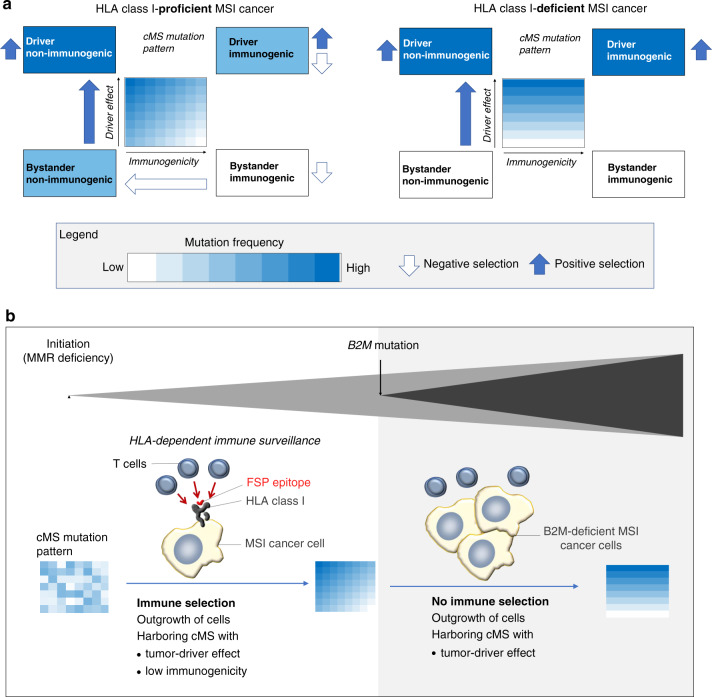Fig. 6. Influence of immunoediting on cMS mutation patterns in MSI CRC.
a Coding mononucleotide mutations in MSI cancer can lead to the inactivation of tumor-suppressor genes and therefore have a driver effect on tumor development. Simultaneously, the same mutations can trigger the generation of frameshift peptides with a certain immunogenicity. In the scheme, cMS are located in a two-dimensional lattice depending on the strength of the driver effect resulting from a cMS mutation (y axis) and the immunogenicity of the respective frameshift peptide (x axis). Color illustrates cMS mutation frequency, with dark blue representing high mutation frequency and white absence of mutations (according to heat map in Fig. 1a). The combination of positive selection (blue arrows) and negative selection (white arrows) pressure in B2M-wild-type tumors leads to highest frequencies for non-immunogenic driver cMS mutations and lowest frequencies for immunogenic non-driver cMS mutations (left panel). In B2M-mutant tumors, negative HLA class I-dependent selection is absent; therefore, expected mutation frequencies are independent from immunogenicity of frameshift peptides. b Scheme of MSI CRC evolution. B2M mutation can occur as a mechanism of immune evasion during tumor progression. B2M mutations lead to a breakdown of HLA class I-mediated antigen processing and therefore interferes with T cell-mediated elimination of MSI cell clones harboring immunogenic frameshift peptides (also see Supplementary Fig. 9).

